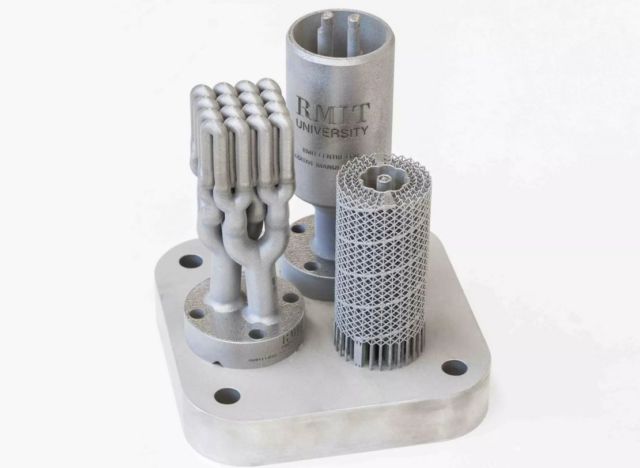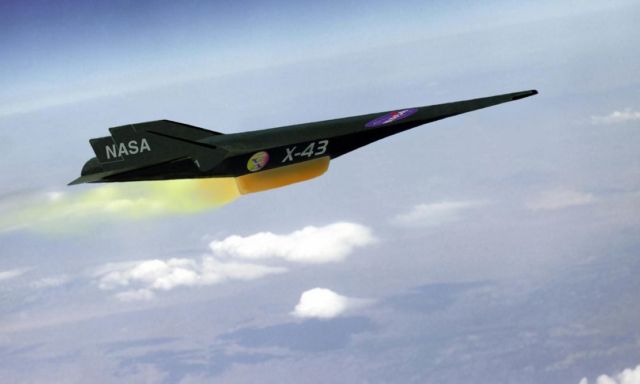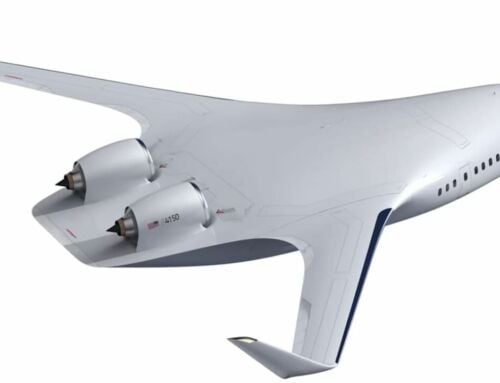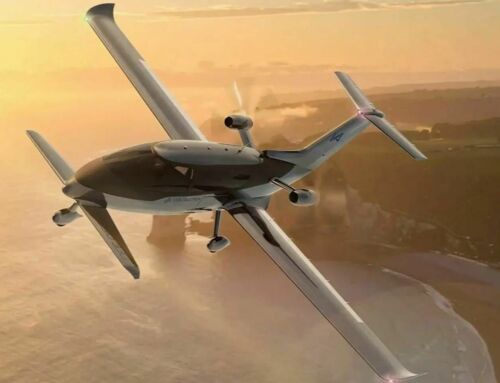Next gen 3D printed catalysts could help solve the challenge of overheating in hypersonic aircraft and offer a revolutionary solution to thermal management across countless industries.
Scientists at RMIT developed a cost-effective to make and simple to scale, highly versatile catalysts.
The team’s lab demonstrations show the 3D printed catalysts could potentially be used to power hypersonic flight while simultaneously cooling the system.
Above: The X-43A hypersonic research vehicle, developed as part of NASA’s Hyper-X program, made aviation history in 2004, reaching speeds above Mach 9.6 or over 10,000km/h. Credit NASA
Lead researcher Dr Selvakannan Periasamy said their work tackled one of the biggest challenges in the development of hypersonic aircraft: controlling the incredible heat that builds up when planes fly at more than five times the speed of sound.

A range of experimental designs for the 3D printed catalysts
“Our lab tests show the 3D printed catalysts we’ve developed have great promise for fuelling the future of hypersonic flight,” Periasamy said.
“Powerful and efficient, they offer an exciting potential solution for thermal management in aviation – and beyond.
“With further development, we hope this new generation of ultra-efficient 3D printed catalysts could be used to transform any industrial process where overheating is an ever-present challenge.”
The research is published in the Royal Society of Chemistry journal, Chemical Communications.
source RMIT






Leave A Comment